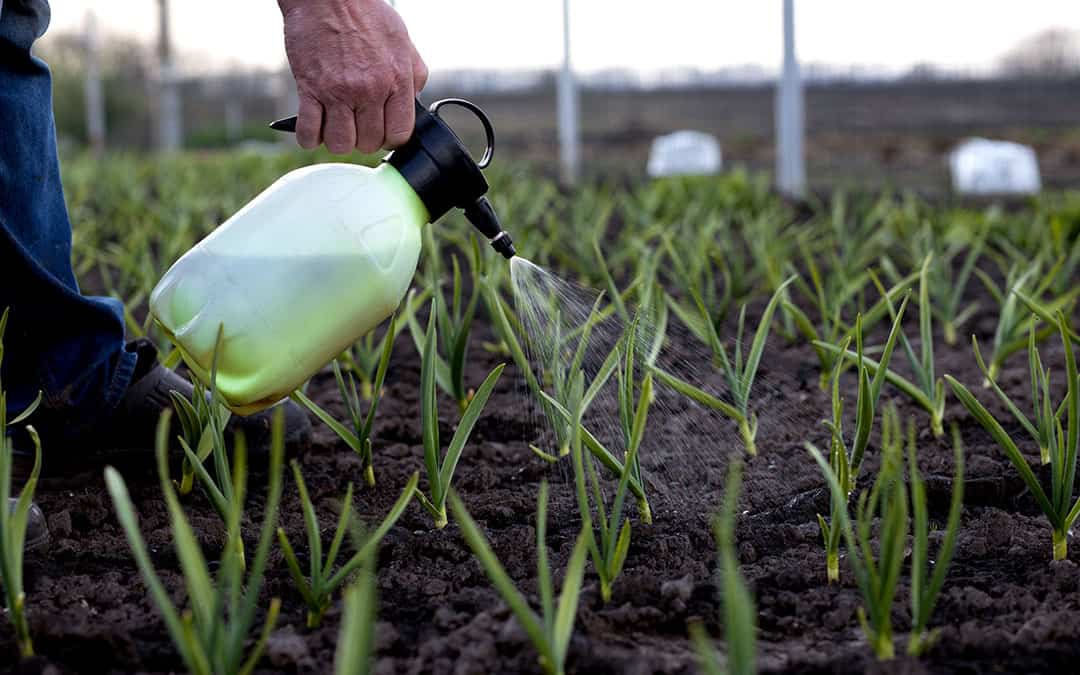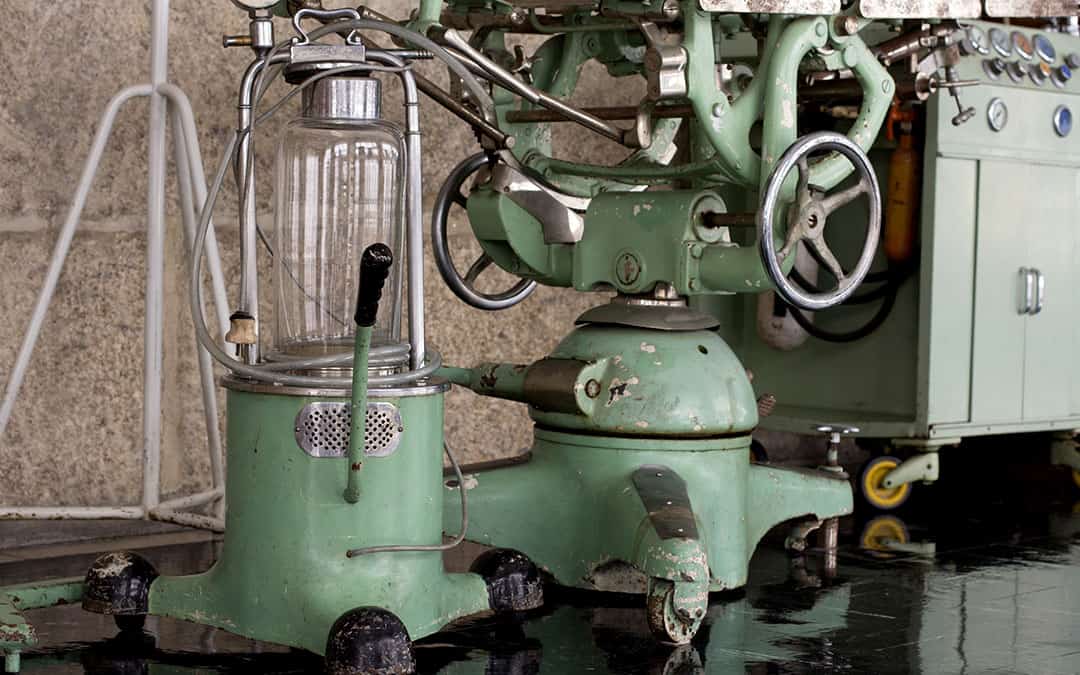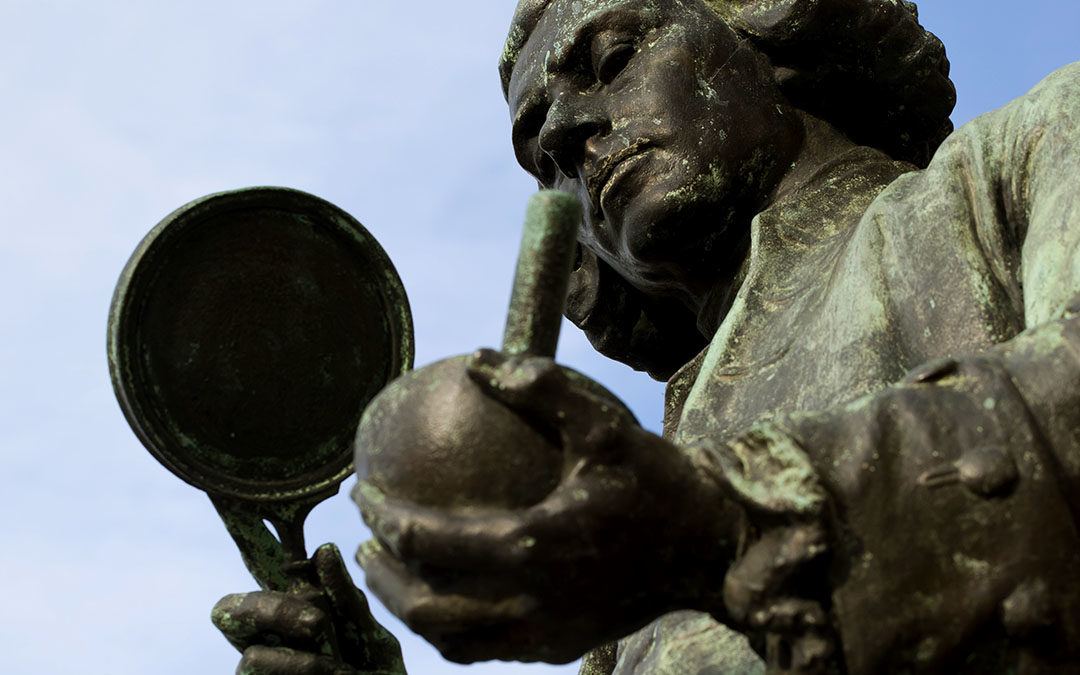First discovered in the 18th century, nitrogen is a chemical element many know as laughing gas. However, nitrogen is present in almost 80% of regular air and nitrogen oxide differs because it comprises two nitrogen modules and one oxygen module. Below is a brief history of nitrous oxide gas.
The Origins of Nitrous Oxide and Its Uses
English chemist Joseph Priestley was the first to discover nitrogen oxide gas in 1772. Humphry Davy, another English chemist, named it and explored its properties further. While nitrogen does not have a smell or color, nitrogen oxide gas proved to have significant benefits in agriculture. Farmers discovered that using the gas would yield better results from their crops and the demand for fertilizer from early farmers led to the early popularity of nitrous oxide gas. As a result, one of the most common uses of nitrous oxide gas throughout its early existence was for agriculture. This coincided with the rise of industrialization that allowed nitrous oxide gas to become a more accessible commodity. It was not until recent history that scientists began to warn of the harmful effects nitrous oxide in fertilizer could have as a greenhouse gas. Still, agriculture was far from the only use of nitrous oxide. It soon expanded into other industries and proved helpful in the medical field.
Nitrous Oxide in the Health Field
In the mid-1800s, a dentist thought of using nitrous oxide gas as an anesthetic. It was later discovered that nitrous oxide gas could be helpful during a wide variety of medical procedures to help patients. Nitrous oxide gas can be used on dental patients, medical patients, and even veterinary patients as both a sedative and anesthetic. Safe and non-flammable, nitrous oxide is commonly prescribed for anesthesia and severe pain.
Nitrous Oxide Greenhouse Gas

In 1985, British scientists discovered stratospheric ozone reduction believed to be correlated to notable increases in the amount of nitrous oxide gas found in the environment from man-made sources. One of the most significant of these sources was fertilizer, which stimulates nitrogen to allow nitrous oxide production to occur quicker than usual.
Other sizable emitters of nitrous oxide greenhouse gasses include vehicle emissions and industrial sources such as power plants and turbines. Some scientists have even considered nitrous oxide more harmful than carbon dioxide. Nitrous oxide gas is a greenhouse gas that can trap heat for up to 114 years. It accounts for approximately 7 percent of all greenhouse gasses.
Nitrous Oxide Uses Moving Forward

Nitrous oxide gas continues to be one of the leading anesthesia treatments for medical, dental, and veterinary patients. Dermatologists and plastic surgeons also use it as a sedative during their procedures. The World Health Organization includes nitrogen oxide on its list of essential drugs.
If you are in the Los Angeles area, CalOx can deliver nitrous oxide and other medical-grade gases to your businesses. Contact CalOx today to see how we can help provide your business with quality gases at affordable prices and with great service.
